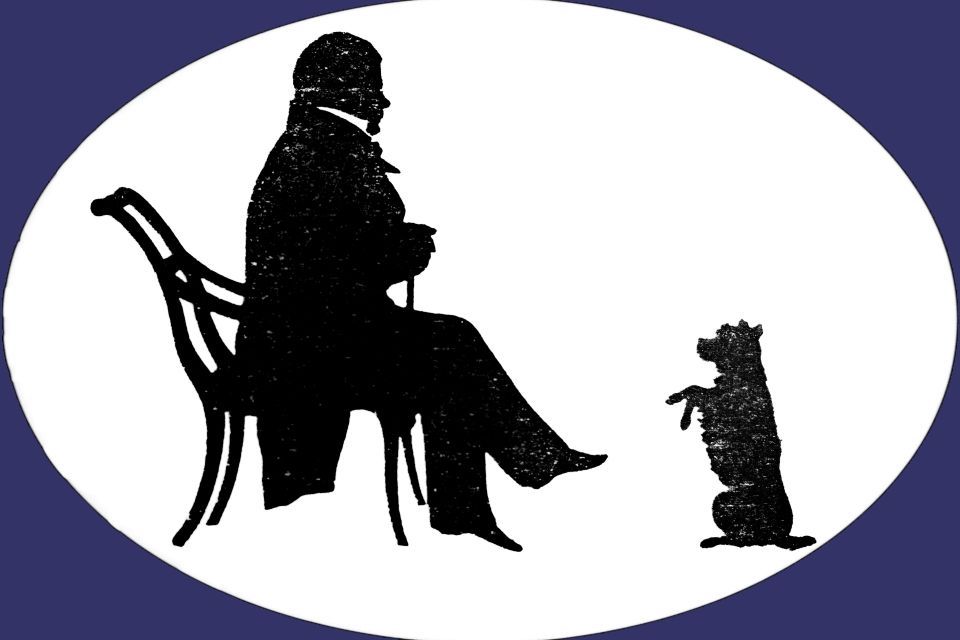Beyond the Border: Sir Walter Scott’s Minstrelsy in Story and Song
Thursday 4th September 2014
Summary of the Performance:
The event was a rich blend of storytelling and song celebrating Sir Walter Scott's Minstrelsy of the Scottish Border. Margaret Bennett and Lori Watson explored Scott’s deep connection to traditional ballads, tracing the influences of his childhood, family, travels, and literary work. Musical interludes featured traditional songs and ballads—some collected by Scott, some performed in oral tradition, and others Scott reworked into poetic or narrative form.
Bennett recounted Scott's childhood illness (polio) and his convalescence with his grandparents near Kelso, where he absorbed Border folklore, history, and ballads. His Aunt Janet, in particular, was pivotal in shaping his imagination and love of story.
As a teenager, Scott was captivated by Bishop Percy’s Reliques and began memorising and reciting old ballads. He also began collecting them seriously around 1792, aided by various friends and fellow enthusiasts, including James Hogg, the “Ettrick Shepherd.” He travelled widely to gather oral traditions, often using sticks marked with notches as field notes.
The event showcased several ballads with strong emotional themes: love, betrayal, loss, vengeance, and the supernatural. Notable ballads included:
- Johnny O'Breadisley
- The Dowie Dens of Yarrow
- Mary Hamilton – a tragic tale of courtly disgrace and execution, discussed in historical and cultural context
- John of Hazelgreen – one of the rare ballads with a happy ending
- Glenfinlas – a supernatural tale adapted by Scott from a Gaelic legend
- MacCrimmon’s Lament – evoking Highland mourning and legacy
The evening closed with a group rendition of "Goodnight and Joy Be With You All," echoing the conviviality and shared heritage Scott so valued.
Noteworthy and Interesting Points
- Polio and Recovery: Scott's early illness and unusual folk healing (wrapped in sheepskin) are recounted as formative. His grandfather’s encouragement to crawl after a watch chain is a touching example of home-spun therapy.
- Aunt Janet's Influence: A significant early storyteller in Scott’s life. She introduced him to a mix of Bible tales and Border ballads.
- Scott’s Oral Memory: He had an astonishing ability to memorise ballads and entire books, which contributed to his lifelong passion for literature.
- No Pen, Just Notches: While collecting, Scott often used notched sticks to record songs instead of pen and paper—later transferring them into his compiled Minstrelsy.
- Women as Custodians: Many ballads were preserved and passed on by women, such as Margaret Laidlaw (James Hogg’s mother), who famously told Scott, “You’ve spiled them a’ together. They were made for singing, no for reading.”
- Burns and Henderson: Parallels were drawn between Scott and other key figures in preserving Scottish oral tradition, like Robert Burns and Hamish Henderson.
- Ballads Beyond Scotland: Songs like "John of Hazelgreen" were found sung in Newfoundland and North Carolina—testament to the Scots diaspora.
- Scott’s Light Humour: Anecdotes about dinners at Abbotsford show Scott’s love for music, song, and the occasional mischievous rhyme.
- Emotional vs. Historical Truth: The evening highlighted that the lasting power of ballads often lies not in their factual accuracy, but in their emotional resonance.
- McCrimmon’s Lament: One of Scott’s most affecting pieces, inspired by hearing the story of the last of the hereditary pipers on the Isle of Skye.
Alternative angle:


